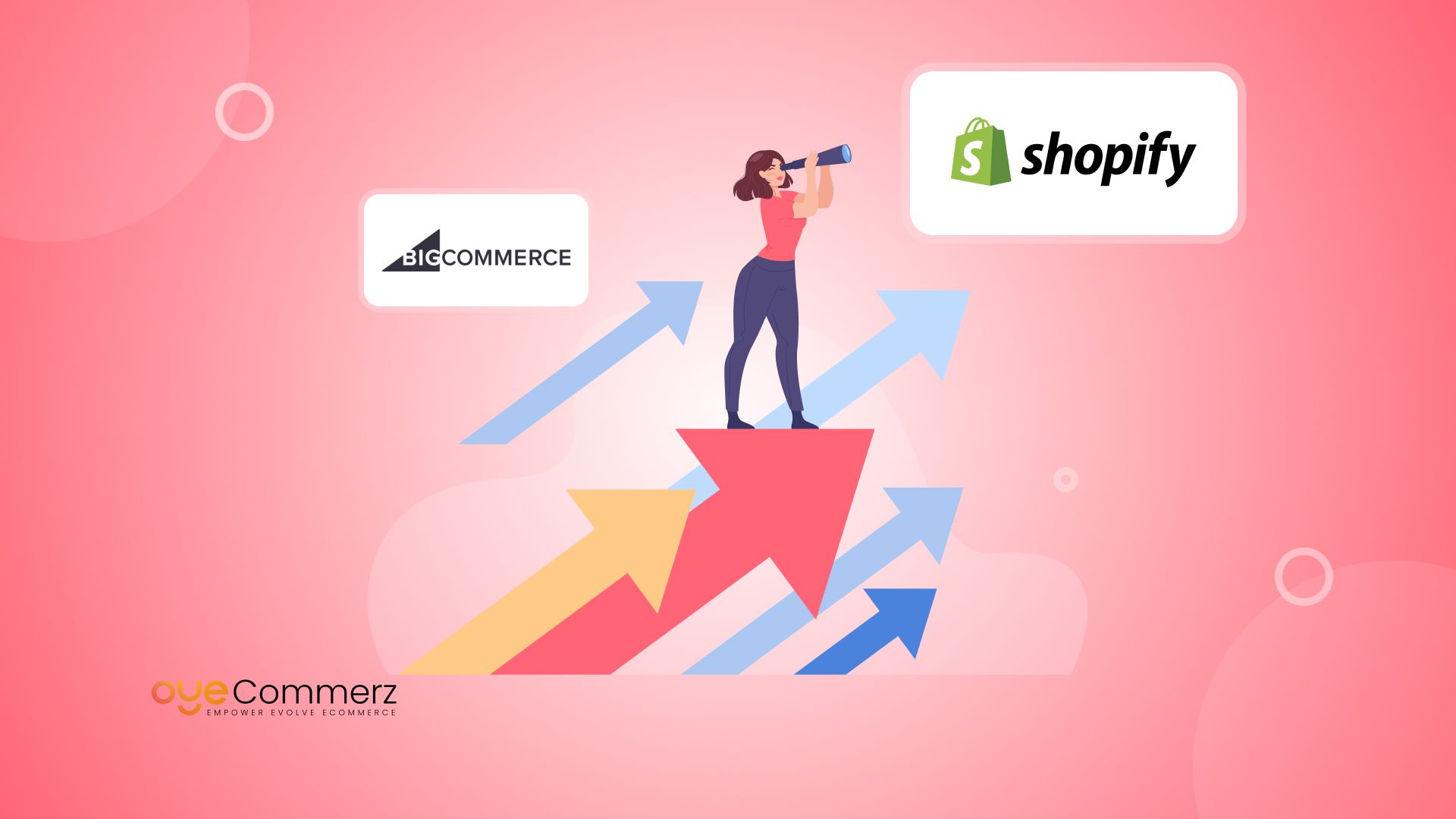Effortless Transition from WordPress to Shopify: A Comprehensive Roadmap for E-commerce Growth
Effortless Transition from WordPress to Shopify: A Comprehensive Roadmap for E-commerce Growth
Blog Article
Shifting from WordPress to Shopify is an promising step toward streamlining your online store operations. As companies grow, choosing a solution that aligns with scalability, UX, and customization is essential. Shopify is widely recognized as a favorite for e-commerce professionals, offering unmatched adaptability, security, and user-friendliness. In this guide, we will delve into why this migration is a game-changer, highlight the benefits, and share actionable steps to facilitate a seamless move.
1. Top Reasons to Transition from WordPress to Shopify
The combination of WordPress and WooCommerce, has served countless e-commerce platforms. Nevertheless, as businesses scale, challenges like reliance on plugins, security vulnerabilities, and complex setups can hinder growth. Shopify, specifically created for e-commerce, addresses these issues with an comprehensive, user-friendly solution. Statistics supports this shift—Shopify hosts over 4.4 million websites worldwide, with a documented 10% increase in sales performance for many businesses after migration.
2. Shopify's Advantages for Thriving Online Stores
Shopify’s robust ecosystem caters for expanding businesses. Its notable features include:
- Effortless Design Flexibility: Shopify provides over 80 professionally designed themes.
- Integrated Tools: Capabilities such as Shopify Payments and built-in SEO streamline operations.
- International Expansion: Multi-currency support and regional customization enable businesses to reach global markets.
Additionally, Shopify boasts an uptime rate of 99.98%, guaranteeing your store remains accessible.
3. Preparing for WP to Shopify Migration
Before migrating, assess your existing setup. Analyze inventory details, customer details, and SEO performance. Tools like Shopify’s Migration Kit or external tools help ease the transition. Create a comprehensive plan, making sure all assets—product descriptions, media files, and articles—are ready for seamless import.
4. Data Migration: A Critical Step
Transferring your data is a cornerstone of a successful platform switch. When moving from WordPress to Shopify, prioritize:
- Product Information: SKU, item summaries, and groupings.
- Client Information: Emails, order history, and preferences.
- SEO Optimization: Preserve meta tags, URLs, and forwarding paths to Shopify post-migration support avoid SEO losses.
Use tools such as LitExtension to streamline data transfer while minimizing errors.
5. Customizing Your Shopify Store
Post-migration, personalizing your Shopify store helps it reflects your business identity. Take advantage of Shopify’s intuitive page builder to create layouts with ease. Shopify's templates are mobile-responsive, providing a smooth UX across platforms—a critical factor, given 74% of e-commerce traffic comes from mobile users.
6. Maintaining SEO During Migration
Search engine optimization is crucial for maintaining your visibility during migration. Shopify is highly optimized for search engines with clean URL structures, preloaded features, and smooth content management. Ensure:
- Set up URL forwarding for existing links.
- Optimize new pages with targeted phrases.
- Leverage plugins like Plug in SEO to track analytics after the switch.
7. Essential Tests After Migrating to Shopify
Once the migration is complete, run detailed checks.
Check: - Website speed (Shopify boasts faster speeds in contrast with WordPress).
- Payment integration reliability and checkout processes.
- Mobile responsiveness.
Quality assurance ensures your store delivers a smooth shopping experience from day one.
8. Real-Life Success Story
One such migration success story is Gymshark, a fitness apparel brand that moved to Shopify. After the switch, the company experienced a 60% increase in mobile sales and significantly lowered site downtime. This showcases the potential of Shopify in enhancing e-commerce growth.
9. Challenges and Solutions
Migration Shopify theme customization comes with challenges, such as information accuracy and reconfiguring custom functionalities. However, Shopify’s robust support and external professionals simplify the process. Partnering with qualified Shopify developers ensures a smooth transition.
10. Starting Your Journey with Shopify
Switching from WP to Shopify marks a strategic approach to e-commerce. By focusing on growth, simplifying management, and improving buyer satisfaction, Shopify enables companies to thrive in competitive markets.
Conclusion
Transitioning from WP to Shopify offers a smart solution that can significantly boost your e-commerce success. With a well-structured strategy, the appropriate resources, and professional guidance, you can unlock new success milestones.
Ready to make the leap? Let’s discuss how our Shopify migration services can transform your online store. Get in touch today, or consider: Can your business afford to miss out on Shopify’s growth potential?
 Report this page
Report this page